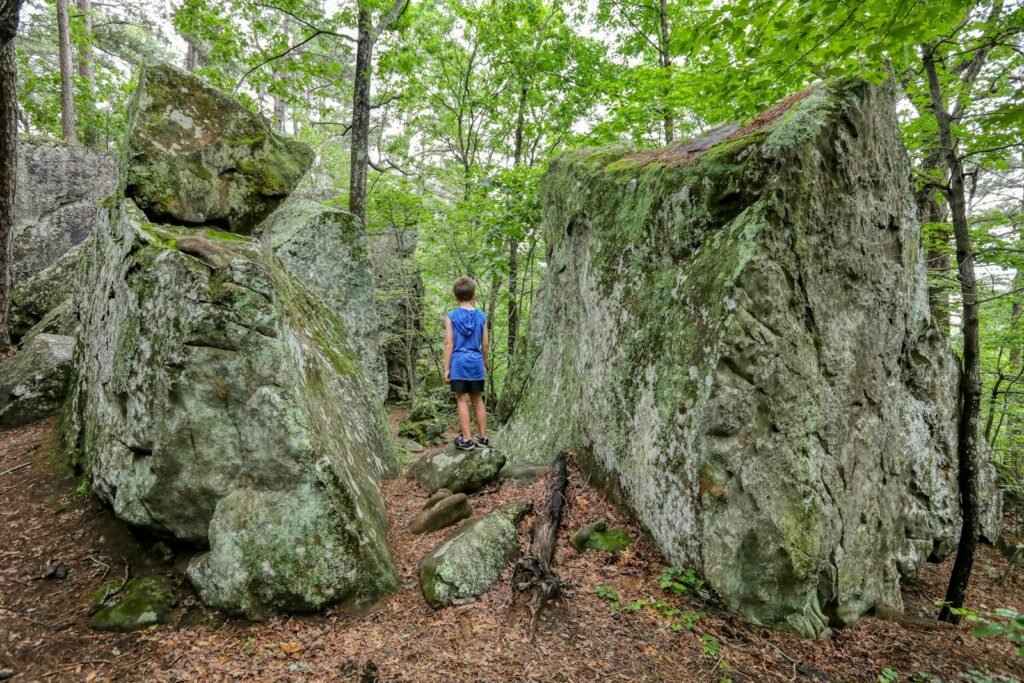The claim is irresistible: a lush woodland petrified between spring and fall, branches frozen mid-sway, leaves translated into mineral lace. It sounds like folklore, or a special effect from a disaster film, yet the science behind rapid “stone-making” in nature is far more nuanced – and far more interesting. Under the right conditions, parts of plants can mineralize astonishingly fast, while whole trees typically take far longer. The tension between these time scales fuels confusion, viral myths, and occasionally even scientific surprises. So, could a living forest truly turn to stone in a single season, or are we mixing up different geological tricks of the eye?
The Hidden Clues

Here’s the shocker: in certain hot-spring pools, microscopic films of silica can coat and infiltrate plant tissues in mere weeks. In Yellowstone, experiments showed amorphous silica depositing on and within leaves and stems in about one month, building a delicate but real mineral scaffold that props up soft tissues before they collapse. That early shell is not a museum-grade fossil, but it is the first step along the path to petrification. Think of it like frosting hardening on a cake – the outer layer sets quickly, even if the deep crumb remains soft.
I’ve stood on winter boardwalks where mineral-rich waters varnish everything they touch, and it’s easy to see how the rumor mill runs wild. A twig stiffening in weeks feels like magic; a whole trunk turning to stone feels like the next obvious leap. The science says otherwise, and that is where the story gets compelling.
What “Stone” Really Means
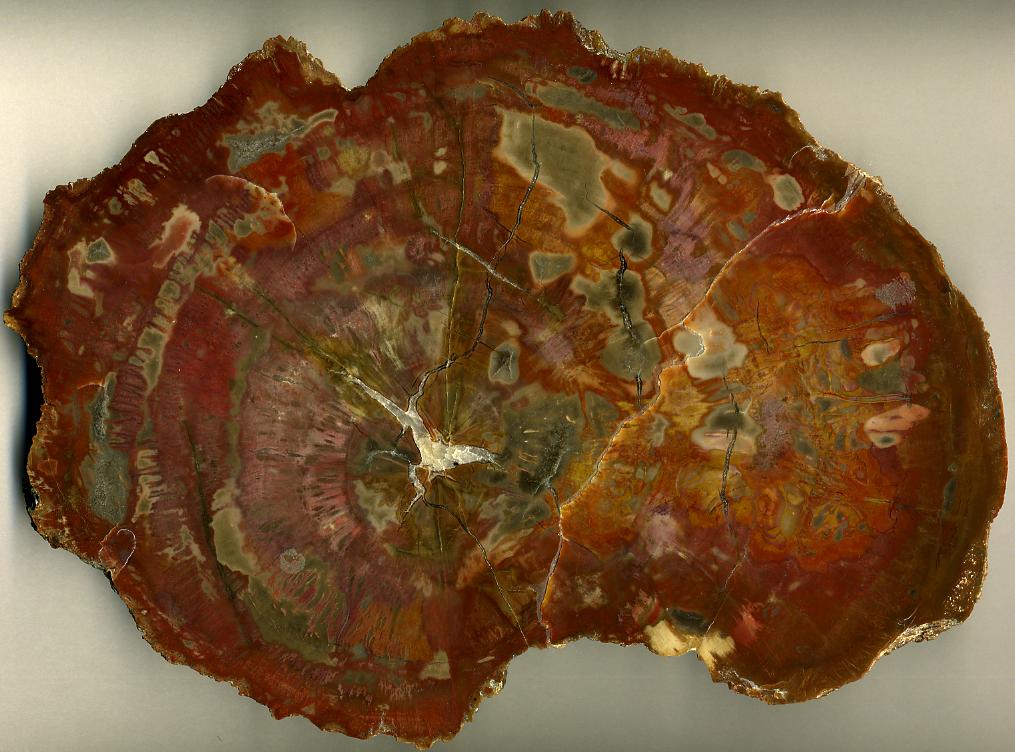
When people say wood has “turned to stone,” they usually mash together three very different processes. There’s encrustation, where minerals such as calcite or silica coat the outside of an object; permineralization, where minerals infiltrate cell spaces and harden; and replacement, where original cell walls themselves are gradually swapped for minerals. Only the latter two truly create petrified wood that preserves anatomy from bark to heartwood.
Those deeper stages are slow because minerals have to move through a maze of tiny channels and interact with complex plant chemistry. Modeling work suggests large trunks require years to thousands of years for thorough permineralization, even in mineral-rich settings. In other words, you might get a crunchy shell fast, but a faithful mineral replica of a tree’s interior is a long game. That gap between quick crust and slow core is the heart of the one-season myth.
From Ancient Tools to Modern Science

Paleobotanists now read petrified forests like historians read archives, using scanning electron microscopes, micro–CT imaging, and X‑ray diffraction to parse what mineral filled which space and when. These tools can tell whether the first mineral was amorphous opal, whether it later rearranged into more ordered forms, and whether fluids came in pulses or a steady seep. They also reveal whether encrustation merely armored a surface or whether permineralization truly mapped the wood’s inner architecture.
Field experiments anchor the lab work. In geyser-fed pools, researchers have watched silica spheres assemble on plant cell walls within weeks, and by about a year those deposits can support recognizable anatomy. That’s rapid by geological standards, but still a far cry from an entire living forest turning to stone before next winter.
Hot Springs That Work Fast

Geothermal waters are a perfect mineral delivery system: they’re warm, silica-rich, and constantly bathing organic matter. Inside that chemical sauna, early opal films form quickly, then thicken, stabilizing tissues that would otherwise crumple. Over longer spans – years to millennia – those opaline deposits can reorder themselves and harden further, sometimes transforming into chalcedony or quartz as temperatures and burial change.
One underrated twist is that biology helps the process. Wood chemistry creates tiny pH gradients that pull silica out of solution, and the tissue itself acts like a scaffold for minerals to nucleate. It’s a dance between heat, water, and carbon – the tempo can start fast, but the full choreography takes time. The short version: a twig can get “stonier” within a season, yet a tree’s true petrification is a marathon.
When Volcanoes Fake a Stone Forest
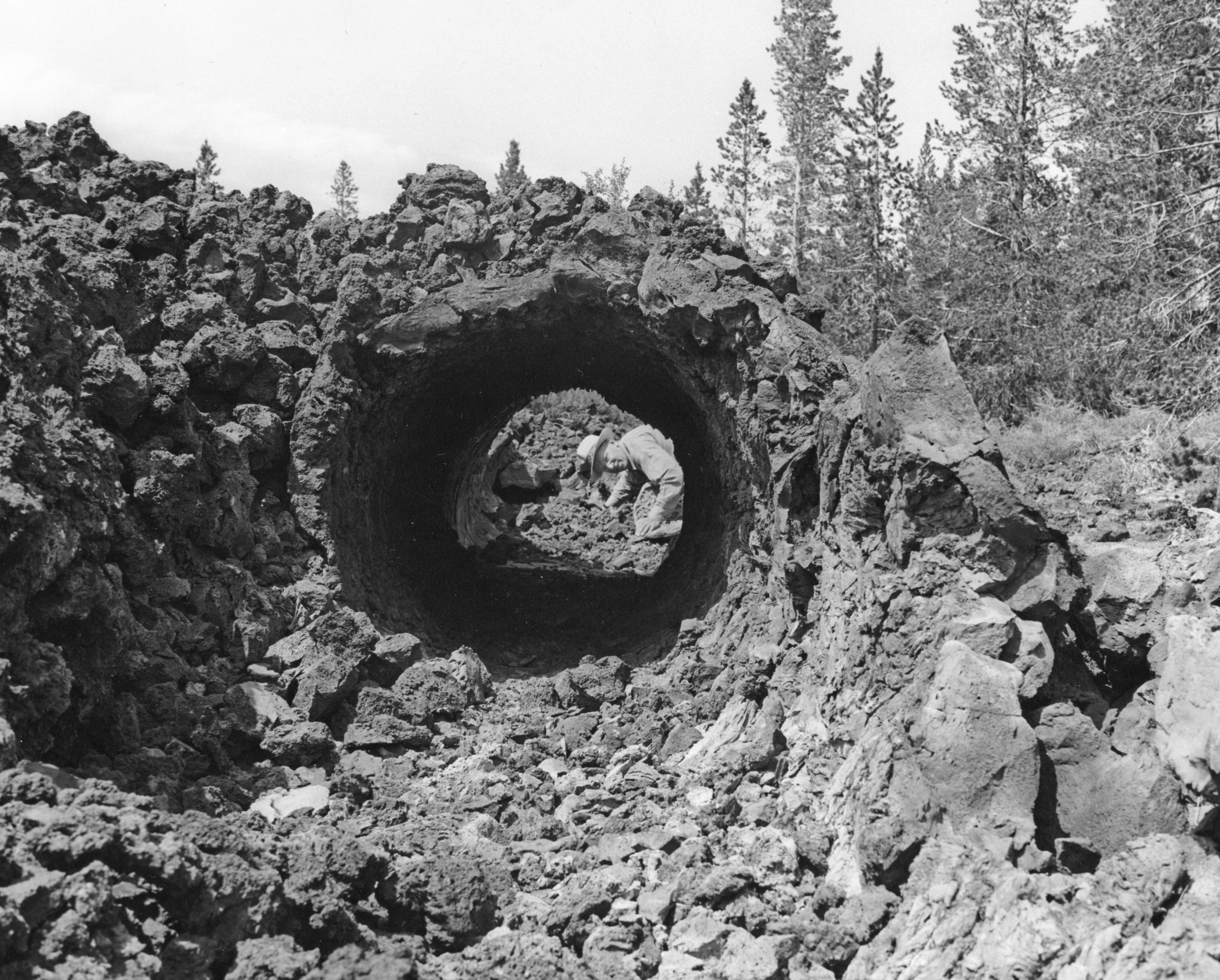
There’s another trick of nature that fuels the legend: lava tree molds. When fluid basalt sweeps through a forest, it chills against wet trunks and quickly hardens, leaving hollow cylinders with bark textures preserved like a plaster cast. The trees themselves burn away, but a landscape of upright stone-like columns remains, sometimes within hours of the flow.
To a casual observer, that looks exactly like a forest frozen into rock. It’s not petrified wood; it’s volcanic lava that recorded a forest’s outline. These “lava trees” are classic in Hawaiʻi and several U.S. parks, and their speed shows how easily geology can outpace our intuition – and our headlines.
Why It Matters

Sorting myth from mechanism isn’t just pedantry; it changes how we decode Earth’s past. Petrified forests archive ancient climates, groundwater chemistries, and even volcanic histories, but only if we know whether we’re looking at a crust, a cast, or a fully permineralized trunk. Misreading a fast encrustation as wholesale petrification can lead to wildly wrong timelines.
There’s also modern relevance. Rapid early mineralization reveals how quickly ecosystems can be entombed during eruptions or hydrothermal surges, with implications for hazard planning and post‑disaster ecology. In the lab, understanding those first weeks of mineral film growth is inspiring bio‑inspired materials that mimic wood’s strength with stone’s durability – without pretending forests fossilize overnight.
Global Perspectives

From Yellowstone’s geyser basins to New Zealand’s sinter terraces and Italy’s travertine cascades, Earth runs many mineral conveyor belts. Some coat surfaces seasonally like frost; others slowly infiltrate, cell by cell, across years. Volcanic provinces add the quick-cast option, sculpting forests into lava monuments that can persist for centuries.
This diversity explains why the same phrase – turned to stone – can describe wildly different outcomes. The geology of one valley may favor delicate opal films, while another drives deeper chalcedony growth. A third might simply preserve a forest’s silhouette in basalt, a snapshot of crisis rather than a fossil of wood.
The Future Landscape
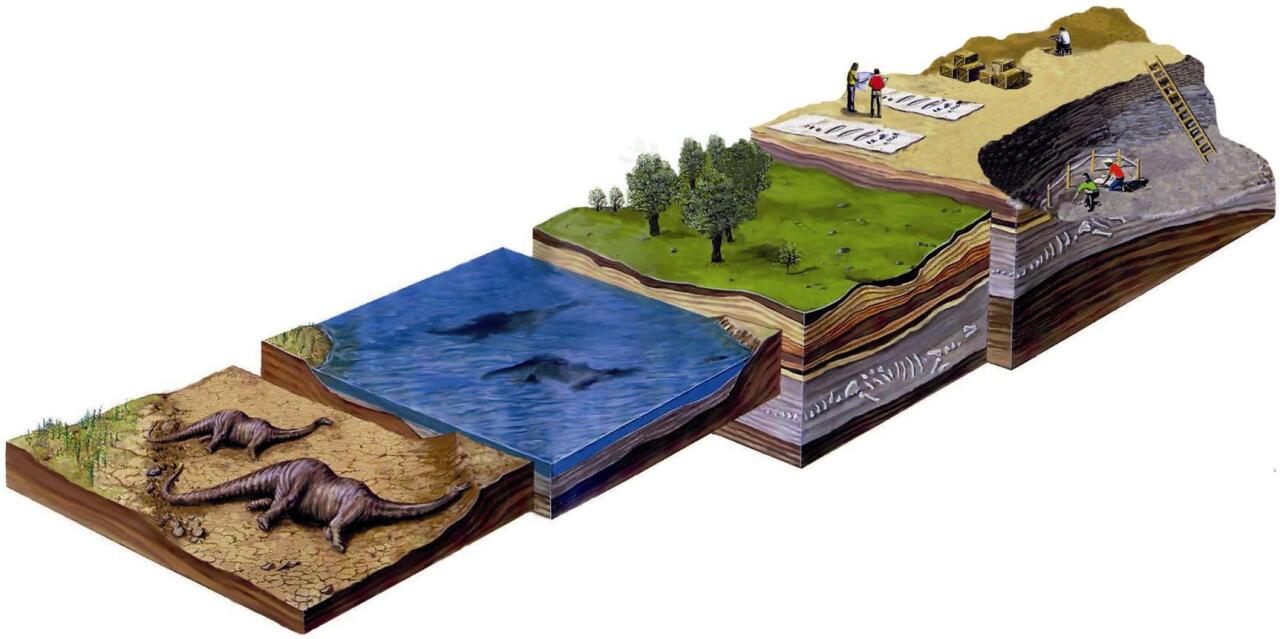
What’s next is precision. Synchrotron tomography can map minerals inside wood cells in three dimensions, while isotope tracers can fingerprint the waters that delivered the silica. Machine‑learning models are beginning to predict how temperature, pH, and flow rates collaborate to make fossils, moving us from anecdotes to forecasts.
In the field, drones and thermal sensors can watch hot‑spring pathways change with seasons or earthquakes, catching the moment when a pool starts to fossilize plant matter. Expect more “rapid” finds, but also more careful language separating a fast crust from a fully lithified trunk. The headline lesson endures: nature can be swift, but true petrification is patient.
Conclusion
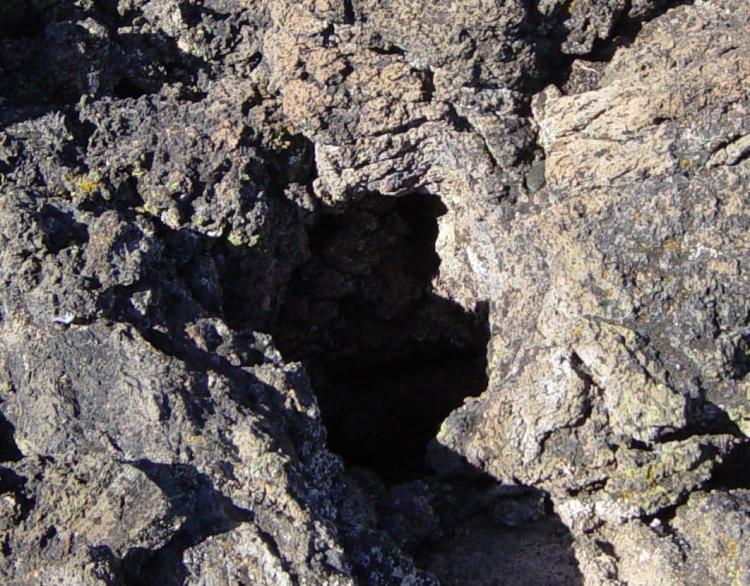
When you see the next viral claim about a forest turned to stone in a season, look for the mechanism: crust, cast, or core. Visit parks that protect these phenomena and read the signs – lava trees, mineral springs, and petrified forests each tell different stories, and removing specimens from protected lands is illegal and damaging.
Support local museums and research projects that conserve fossil forests and monitor geothermal basins. Curiosity is the best ally here: ask how, not just how fast, and the real story of stone and wood becomes far richer than any myth.

Suhail Ahmed is a passionate digital professional and nature enthusiast with over 8 years of experience in content strategy, SEO, web development, and digital operations. Alongside his freelance journey, Suhail actively contributes to nature and wildlife platforms like Discover Wildlife, where he channels his curiosity for the planet into engaging, educational storytelling.
With a strong background in managing digital ecosystems — from ecommerce stores and WordPress websites to social media and automation — Suhail merges technical precision with creative insight. His content reflects a rare balance: SEO-friendly yet deeply human, data-informed yet emotionally resonant.
Driven by a love for discovery and storytelling, Suhail believes in using digital platforms to amplify causes that matter — especially those protecting Earth’s biodiversity and inspiring sustainable living. Whether he’s managing online projects or crafting wildlife content, his goal remains the same: to inform, inspire, and leave a positive digital footprint.


